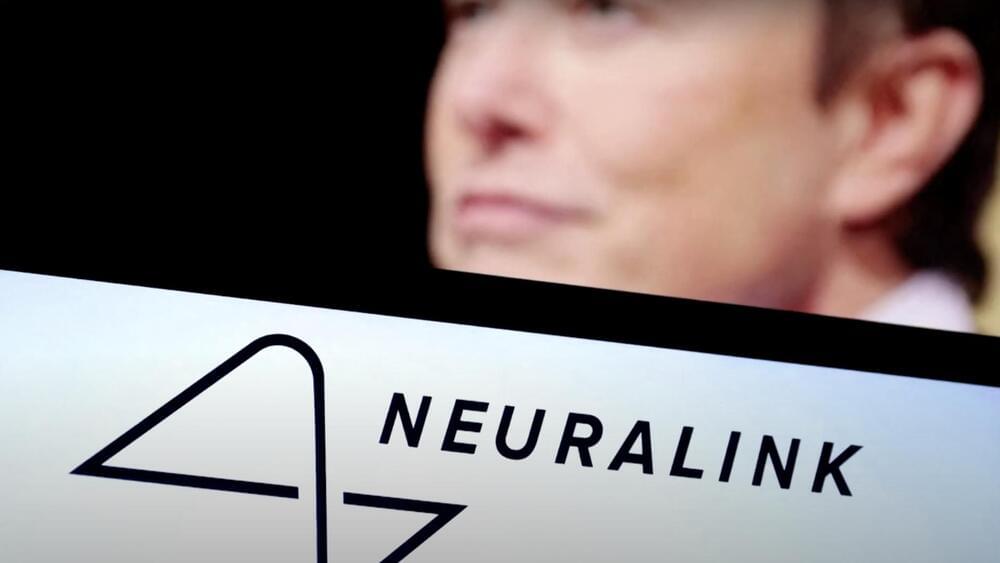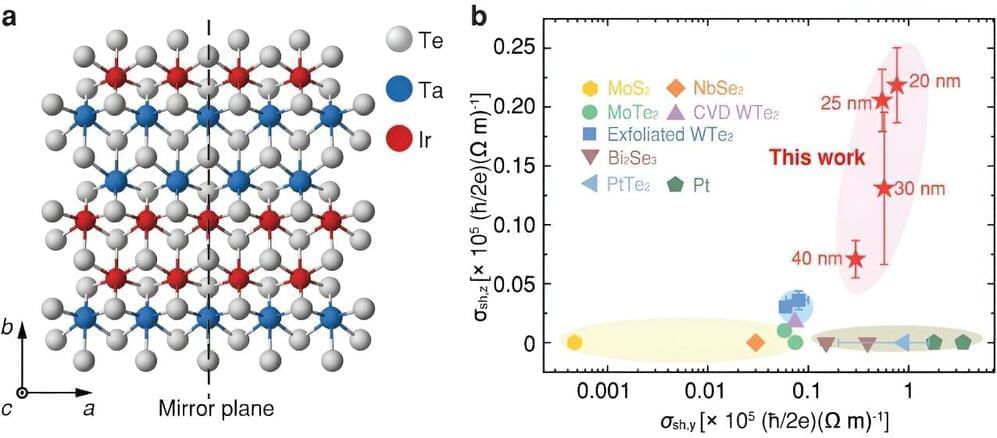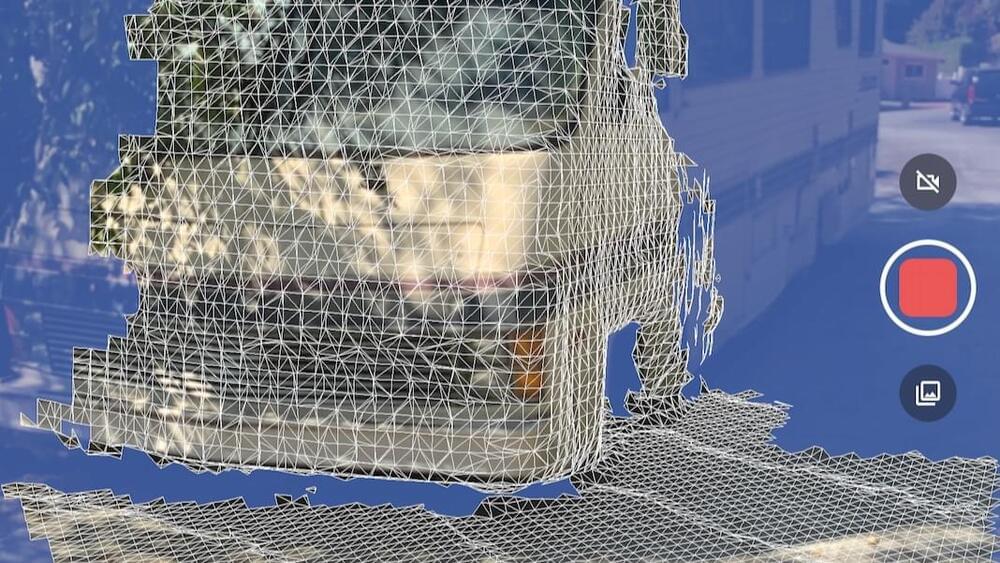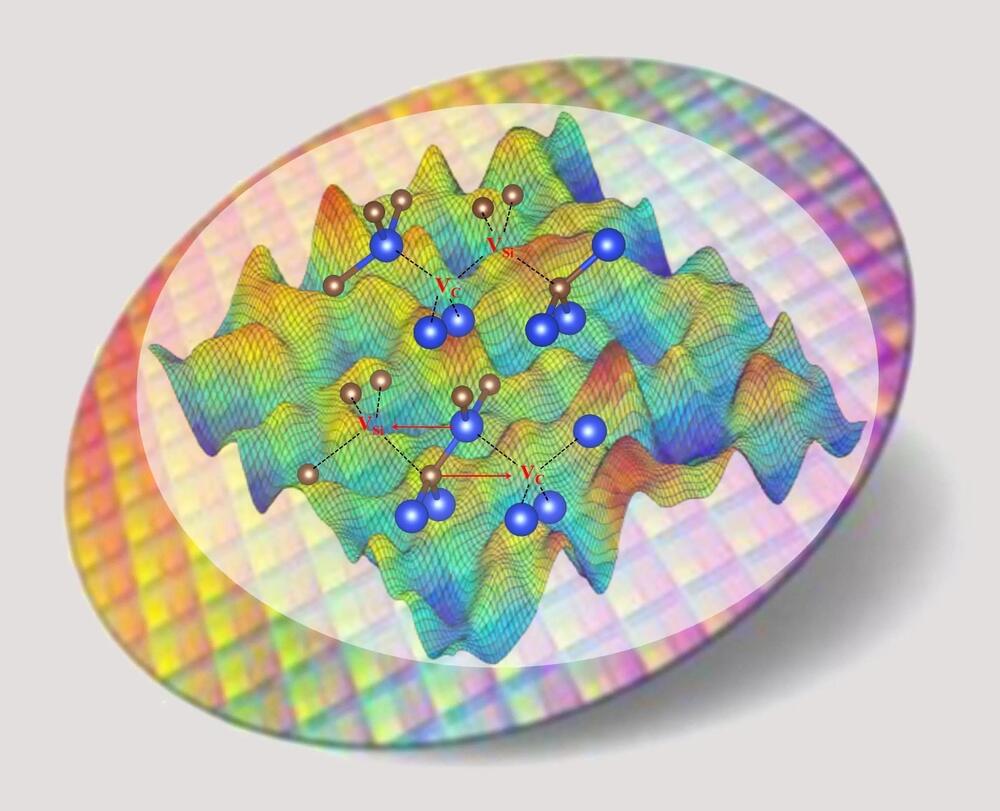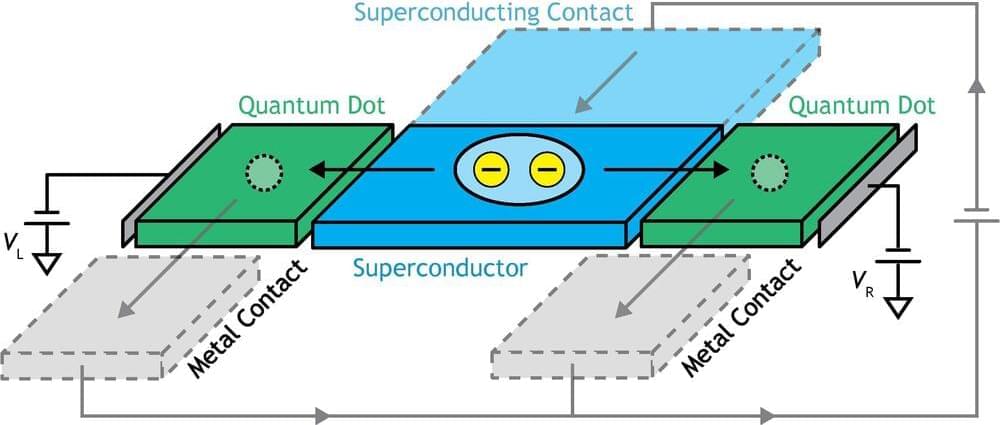
Cooper pairs are pairs of electrons in superconducting materials that are bound to each other at low temperatures. These electron pairs are at the root of superconductivity, a state where materials have zero resistance at low temperatures due to quantum effects. As quantum systems that can be relatively large and easy to manipulate, superconductors are highly useful for the development of quantum computers and other advanced technologies.
Researchers at Delft University of Technology (TU Delft) recently demonstrated the controllable splitting of a Copper pair into its two constituent electrons within a hybrid quantum dot system, holding onto them after the split. Their paper, published in Physical Review Letters, could open new avenues for the study of superconductivity and entanglement in quantum dot systems.
“This research was motivated by the fact that Cooper pairs, the fundamental ingredients of superconductivity that carry electrical current with no resistance, are formed by pairs of electrons that are expected to be perfectly quantum entangled,” Christian Prosko, one of the authors of the paper, told Phys.org.
